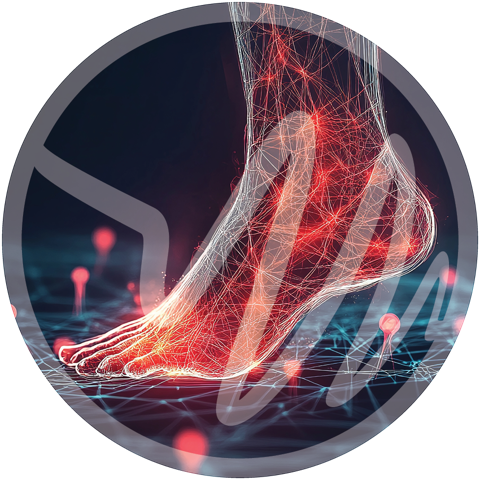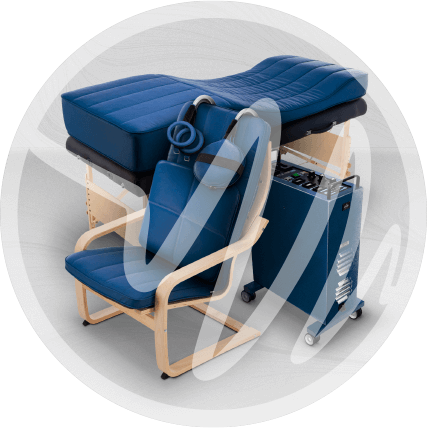Managing the Complications of Diabetes: How PEMF Therapy Supports Circulation, Nerve Health, and Healing

Understanding Diabetes and Its Complications
- Nerve damage (neuropathy)
- Poor circulation
- Foot ulcers and chronic wounds
- Joint stiffness
- Inflammation and pain
These complications reduce mobility, increase infection risk, and significantly affect quality of life. While insulin, antibiotics, and pain medications may relieve symptoms, they often don’t address deeper issues like poor circulation and cellular dysfunction. PEMF therapy for diabetic support offers a natural diabetes complication support option that works at the cellular level.
What Is PEMF Therapy?

How PEMF Therapy Supports Diabetic Health
Improves Circulation and Microvascular Flow
Diabetes often impairs blood flow, particularly to the extremities. PEMF for diabetic circulation helps dilate blood vessels and improve microvascular function, ensuring tissues receive the oxygen and nutrients needed for healing.
Accelerates Wound Healing
Foot ulcers are a common and serious complication of diabetes. PEMF for wound healing stimulates collagen production, fibroblast activity, and angiogenesis (new blood vessel formation), which are essential to improving healing in diabetes.
Relieves Diabetic Neuropathy
Peripheral neuropathy is one of the most painful and disabling complications. PEMF therapy for diabetic neuropathy supports nerve regeneration, reduces nerve inflammation, and eases pain, making it an effective, drug-free neuropathy treatment.
Reduces Inflammation and Oxidative Stress
Chronic inflammation and oxidative damage can accelerate diabetic complications. PEMF therapy modulates inflammatory cytokines, helping to reduce inflammation in diabetes and protect tissues from further harm.
Enhances Cellular Energy and Metabolism
PEMF boosts mitochondrial function and ATP production in diabetes management, enabling more efficient cellular repair, immune support, and healing. This increased energy helps cells overcome the metabolic stress caused by high glucose levels.
Safe, Comfortable, and Non-Invasive
PEMF therapy is a noninvasive therapy for diabetes that’s safe for long-term use. Sessions are simple: lie or sit on a PEMF mat while gentle electromagnetic pulses stimulate the target area. It’s well tolerated, even for those with nerve pain, skin sensitivity, or limited mobility.

